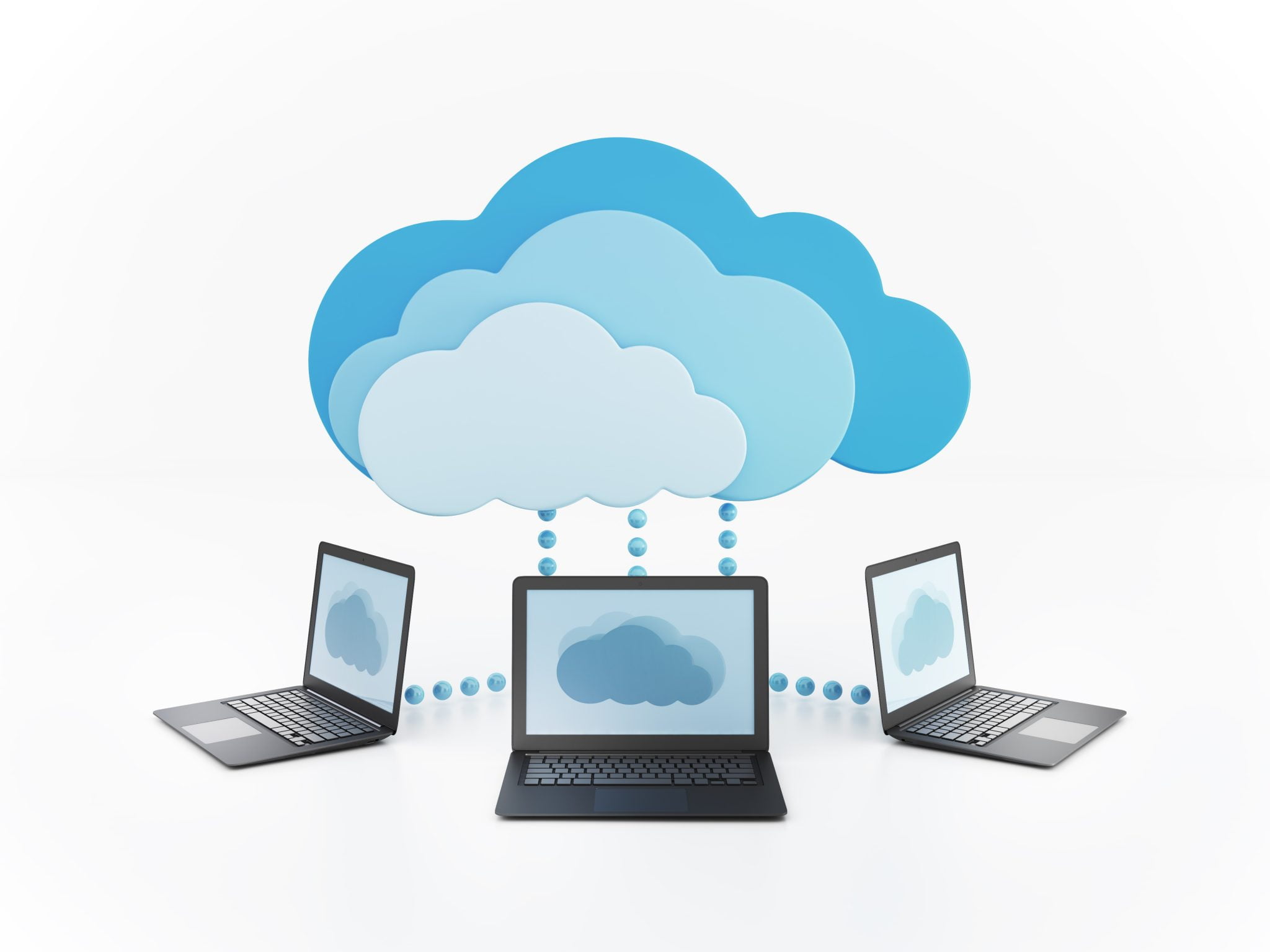An Overview of Cloud Computing
Cloud computing – we pay attention to the term almost every day. But certainly, what’s cloud computing all about? That seems to be a common query. In June of this year, TELUS and IDC Canada launched a look at cloud computing, which surveyed 200 Canadian enterprise and IT executives and administrators at big Canadian businesses (500+ personnel) across various industry sectors. They looked and determined that sixty-three of the Canadian corporations surveyed did not have sufficient or had the best base level of know-how to decide whether to use a cloud carrier or their internal IT department.
The latest article from eweek.com additionally suggests an outstanding amount of misunderstanding about cloud computing. The article references the latest observation commissioned using Citrix Systems, which covered more than 1000 adults in the U.S. The statement showed that most respondents thought the cloud was associated with weather. Fifty-one% of respondents believed that the weather should intrude with cloud computing. Despite the confusion, they also found that 97% of members use cloud offerings nowadays, with examples including online banking, buying, social networks, and file sharing. Further, fifty-nine respondents indicated that they agree that the “place of job of the future” may be within the cloud, which somewhat contradicts the superiority of cloud computing today.
This perception above mirrors what we discover among our clients. Knowledge of cloud computing is fairly limited. As a result, corporations may lack enormous possibilities to make their business more potent by decreasing value and threat. We hope this text presents a perception of cloud computing to evaluate its health in your enterprise necessities.
What is cloud computing?
First of all, it is beneficial to recognize where the period of cloud computing came from. It possibly originated from a cloud photograph representing networked computing surroundings or the Internet. A quick Google search will monitor some of the definitions for cloud computing. I like a description I picked up from Wikipedia, which defines cloud computing as the transport of computing as a provider wherein shared sources, software, and information are furnished to computer systems and other gadgets as an application, just like the electricity grid, over a network that’s most usually the Internet.
READ MORE :
- A Comparison of the Top Two Home Security Systems
- Samsung’s China strategy pays off.
- Cloud Computing Enables Digital Insurance
- How to Profit From Mobile Marketing For Your Business
- Accounting and Payroll Software – Industry Jargon Defined
What are the diverse cloud computing models?
To sort out some of the confusion around cloud computing, it’s beneficial to recognize the various cloud provider models, of which there are 3 – software program as a provider (SaaS), platform as a carrier (PaaS), and infrastructure as a service (IaaS). SaaS is the most widely recognized flavor of cloud providers. SaaS is now and then known as on-call for software. With SaaS, software and related data are centrally hosted and typically accessed over the Internet using a browser. What are a few examples of SaaS? MailChimp, the utility we use to distribute our newsletters, is an instance. Dropbox and Google Apps are another example, and the listing keeps expanding.
PaaS presents a computing platform’s delivery and required answers to facilitate program deployment without investing in the value and complexity of hardware and software programs. Some examples of PaaS include Microsoft Azure and Google’s App Engine. The IaaS carrier model lets customers keep away from the procurement of servers, software programs, statistics center space, and network equipment. Such resources are provided as an outsourced service. Examples of IaaS consist of Amazon’s Elastic Compute Cloud and Rackspace.
In addition to the diverse cloud service models, it is useful to recognize the shipping fashions through which cloud computing is shipped. The essential shipping fashions include public, non-public, network, and hybrid. A public cloud gives infrastructure and solutions to most people and is commonly owned by a big organization that sells cloud services. A personal cloud is designed totally for one company. A non-public cloud may be managed with the aid of the organization that uses it or through a third birthday celebration, and the infrastructure can be located at the cloud consumer’s website or somewhere else. A network cloud is shared using numerous agencies and supports a community of customers, generally with some common interest, including regulatory issues. A hybrid cloud version includes two or greater clouds, for instance, a public and private cloud, collectively by way of the era to facilitate record sharing and portability. Egnyte, a report storing and sharing carrier, is an example of a hybrid cloud computing solution.

What are a few benefits of cloud computing?
Earlier this year, I participated in a webinar that featured a spherical desk of CFOs commenting on what they believed to be the most important blessings of cloud computing. The advantages stated covered the following:
Cost savings over on-web page installations
Anywhere whenever you get the right of entry via an Internet connection
Reduced dependency on IT assist
Cloud solutions are usually quicker to set up than on-website answers
Cloud answers generally permit groups to buy into a larger product with a lot more capability, which might be price prohibitive if similar ability becomes obtained through a non-cloud on-web page answer
IT can focus more on fee-add activities as opposed to coping with IT infrastructure due to the fact infrastructure control shifts to the cloud issuer
Cloud answers usually contribute to the following:
More well-timed economic facts
Optimizing commercial enterprise processes
Connecting with personnel and enabling the workforce to work remotely
What are some of the dangers and issues related to cloud computing?
Despite the advantages, several common concerns are associated with cloud computing. It may be vital to carefully recall dangers that would affect your sensitive data, whether you are comparing cloud or on-website online answers. In doing so, it’s also critical to assess risks related to cloud solutions inside the context of comparable hazards you can face along with your on-web page alternatives.
The maximum not unusual problem is safety. For maximum small and medium-sized groups, security with cloud solutions is often higher than on-web page solutions. Professional cloud solution providers can invest in the skill units and competencies to address emerging and evolving threats. Many small and mid-length corporations depend on component-time IT support or have no committed IT assistance. This, mixed with constantly changing IT risks, could signify that most small and medium businesses can not keep up with threats to their facts assets. To cope with protection worries, a good cloud company should be able to provide a warranty relevant to the following:
- Access to records – Every user must go through a rigid authentication method to get the right of entry to their records.
- Transmission – Data from your local website to the cloud provider company should be encrypted.
- Network – Strong security should be nearby to defend the cloud issuer’s network.
- Physical access – The cloud provider needs to demonstrate strong controls over physical admission to its centers where your facts will live.
- Data protection -The cloud company should guarantee that your statistics are encrypted while they’re far “at rest” in the cloud.
- Privacy and Compliance – Your cloud company should be able to assure that it can defend the confidentiality of your information and follow applicable requirements and laws that may be relevant to your enterprise.
The availability of cloud solutions is another subject. It is applicable to assess the effect of a cloud answer becoming unavailable due to situations including an internet outage or a technical failure by the cloud provider. Again, such issues must be analyzed in the precise context. Internet outages, specifically elongated outages, tend to be uncommon. Reputable cloud vendors can most often reveal very high degrees of uptime performance, and if problems occur, skilled assets must be dealt with. How does this scenario compare with similar dangers related to your on-website opportunity? What is your revel in with downtime with on-website answers, and might you get a timed 24/7 guide if you have a critical hassle? Availability risks also can be mitigated by using a hybrid cloud model. Egnyte was an instance of a hybrid cloud version for document sharing and storage. With this option, should the net go down, you may have a neighborhood copy of your facts.
Access to facts is raised as a difficulty in contexts. One is how I can get my points back if I depart my cloud dealer. Another is what will happen if my cloud provider leaves the commercial enterprise. An answer to such questions should be easily available from your cloud provider and specified in your quit user settlement. It is vital to remember what format your records might be in if you are trying to get them again from your cloud supplier. Consider, for example, that if you use a cloud-based accounting solution, your statistics may not be returned to you within the same layout in which you entered it.

One final point to reflect on and consider is information backups. In our experience with smaller corporations, locating no backup workouts or troubles with them is not unusual, including backups no longer being saved off the website online or recuperation from America being examined. Reputable cloud solutions lessen this danger; in reality, many cloud providers have more than one returned-up location in case a failure occurs at a particular website.

















